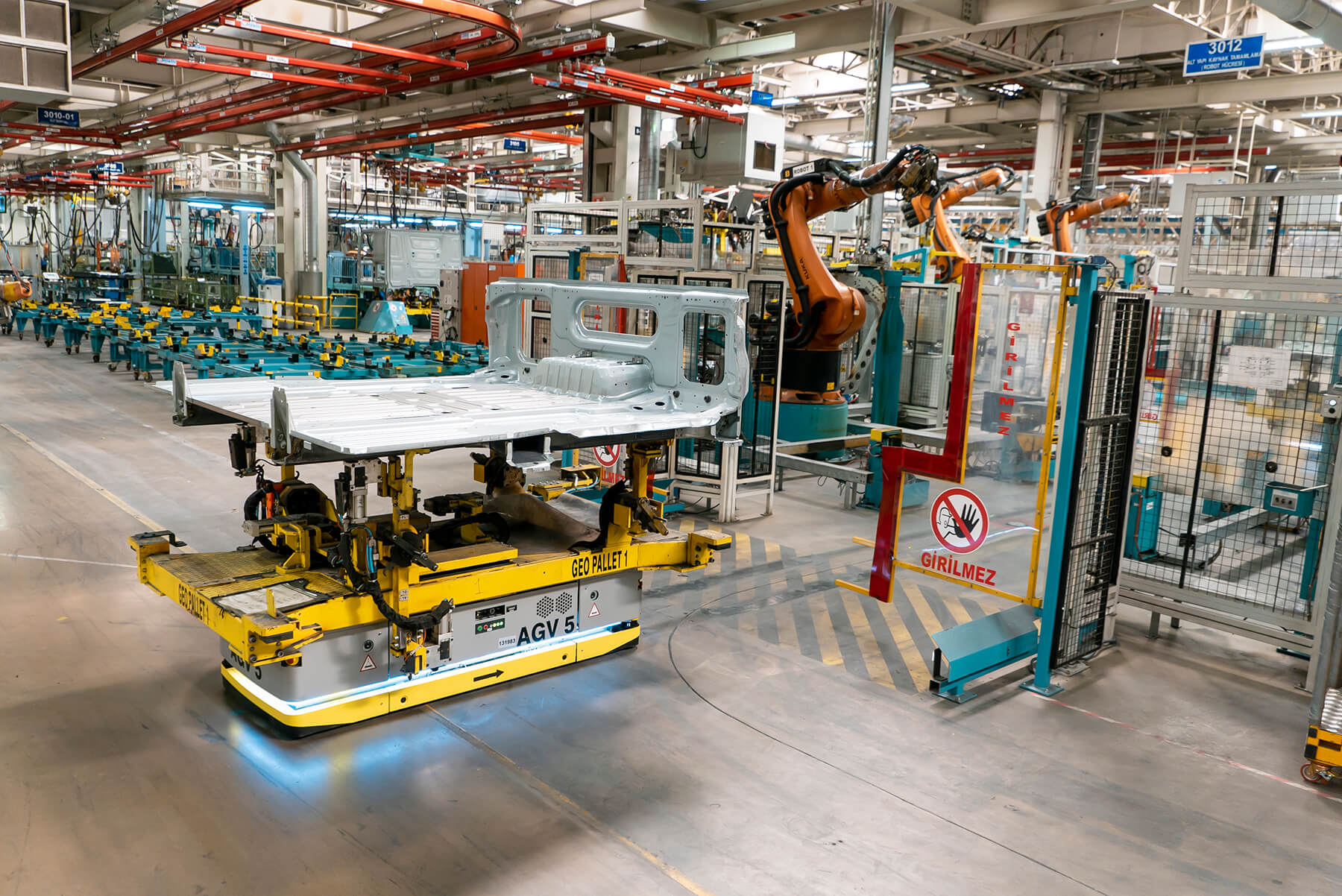Mainstream auto, EVs and nuclear clean-up: A Bright Future for Robots
Expert comment: KUKA Systems UK Ltd.
Automotive investment in robots now is mainly about lightweighting and electric. Mainstream (internal combustion engine, or ICE) automotive was crippled as a consequence of the Covid pandemic, in addition to semiconductor shortages, and of-course, it is now under pressure from elecritification.
Lightweighting is the common driver for all powertrains especially for assembling lighter, composite panels. Our recent big project for tier one company Magna was engineered to fit a thermoplastic tailgate on the Nissan Qashqai, which reduces the total weight of the car. We installed a very significant number of robots here, in a sizable and revolutionary installation, radically reducing the assembly time. It doesn’t matter what technique auto companies are using, weight now is the common enemy.
The tier one supply chain must revive soon because the semiconductor shortage will catch up with demand, and new models are coming. Jaguar Land Rover has new Range Rover models coming out soon, and the Discovery Sport due in 2024. KUKA has robots in JLR’s engine plant in Wolverhampton that manufacture both the 4-cylinder and 6-cylinder engines.
The new and exciting automotive players – electric vehicles (EVs) – are spending heavily. Robot suppliers can start on a level playing field, because new companies don’t have that big, legacy installed base. KUKA’s big new automotive customer is electric van and bus manufacturer Arrival. Its construction process is radically different to that of traditional body-in-white vehicles, adopting a flexible “micro-factory” approach where the plant, in theory, can reconfigure to match demand, reducing big overheads in fixed production lines.
We were excited to launch the KR QUANTEC 2 robot, the successor to the KR QUANTEC 1, designed primarily for body shops. QUANTEC 2 has several improvements: it’s more compact, a little lighter and faster. We are bringing down the total cost of ownership, and it features the new KRC5 controller that is more compatible with data in the cloud and data sharing. That is what KUKA is about: taking NPI to the next level.
Robots are essential for nuclear decommissioning
The peak share of nuclear power generation was in 1997, when just over a quarter of the UK’s electricity came from 16 power stations. As of Q1 2021, eight facilities (Advanced Gas Cooled or AGR, and one Pressurised Water Reactor at Sizewell B) produced up to 20% of the UK’s energy supply. The Nuclear Decommissioning Authority is spending up to £3 billion a year on taking two earlier generations of nuclear power stations out of service. The government’s UK Energy Security Strategy has pledged to invest in more nuclear, partly as a response to the Russia-Ukraine War.
KUKA is the world’s leading supplier of robotic systems to nuclear decommissioning agencies. We have designed specialised equipment and adapted a range of existing KUKA models to assist in the collection, safe storage and disposal of nuclear waste, and for the building of new facilities. The use of robots for decommissioning tasks is really speeding up now.
Robots are currently primarily used to handle and package hazardous nuclear waste into specially constructed stainless steel boxes. Most of the UK’s AGR power plant are due to be decommissioned from their expected end-of-life in 2030, so this is an essential and long term business, where robots have obvious advantages over human operators.
“We are powertrain agnostic. If robotics improves the process, we will recommend them”


